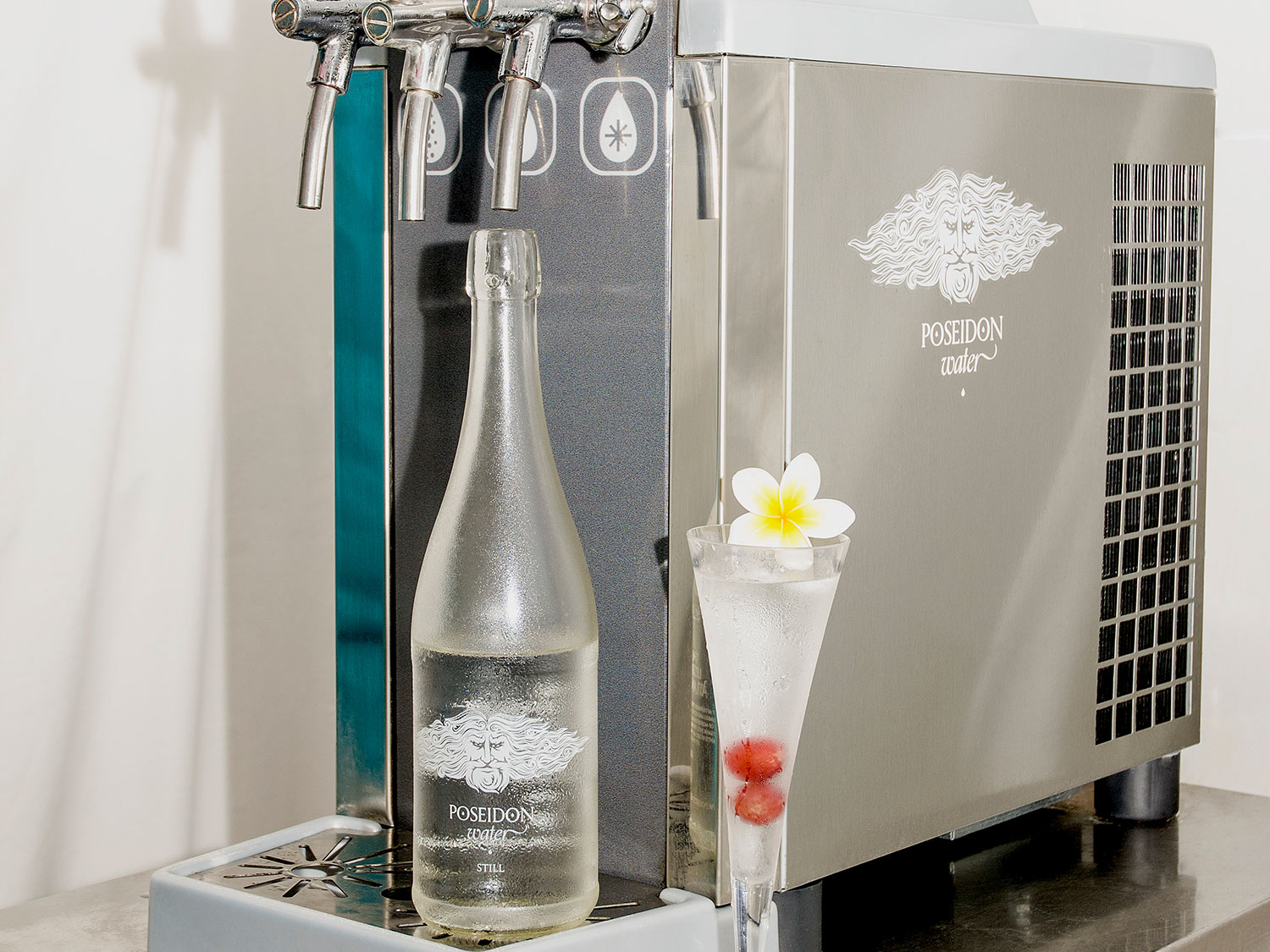One way is to offer a deal, like making early payments for a discount, or negotiating a long-term agreement. As a restaurateur, keeping your diners healthy and safe is a top priority. That’s why it’s important to know where your food comes from, so if there is an outbreak, you can quickly mitigate risks. If you want to earn your suppliers’ trust, never let them chase you for payments.
Local farmers and producers
By understanding the prices of your competitors’ products, you can make informed decisions about your own pricing strategy. In recent years, food safety has become an increasingly important issue for both consumers and businesses. With jalebi, you can see trends in customer behavior and make informed decisions about how to adjust your supply chain accordingly. If there’s a problem with your supply chain, it’s important to be proactive about solving it. The sooner you identify the issue and take steps to fix it, the better. These benefits collectively contribute to the overall success and sustainability of a restaurant business.
RSCS is unique, because it is a Limited Liability Corporation operating on a Cooperative basis. The cooperative is jointly owned by its members – the Yum Corporation and all its domestic franchisees. The cooperative structure enables transparency across the supply chain for all stakeholders. Simply stated, moving goods from point A to point B is not as efficient and dependable as it once was. Shipping delays, a truck driver shortage, congestion at the nation’s ports, increased international tariffs, and overly burdensome shipping regulations are grinding the supply chain to a halt. A restaurant is considered a chain when it has multiple locations, all operating under the same brand name, with standardized menus and operational procedures.
Reduce food waste
- A strong supply chain is the unseen backbone of your restaurant, delivering freshness and reliability to every single plate that leaves the kitchen.
- This lack of transparency became a liability during the pandemic, prompting them to seek greater control.
- If you are a restaurant business owner, you need to consider your staff and the customers’ relationship.
- SRM software makes it easier to collaborate and communicate with suppliers.
- Consider offering regular training opportunities, as well-trained staff can better handle supply chain tasks, from inventory checks to effective use of ingredients.
Moreover, these efficiencies contribute to overall supply chain cost reduction by improving processes and cutting unnecessary expenses. Implementing a robust supply chain management system and even food service procurement ensures better outcomes for businesses while maintaining quality and customer satisfaction. Addressing these food supply chain challenges requires strategic planning, strong communication, and the use of modern tools designed to streamline and optimize supply chain operations.
What is the Difference Between Restaurant Supply Chain and Value Chain?
If you don’t go out of your way to please your suppliers, don’t expect them to accommodate you either. Poor route planning, traffic disruptions, or last-mile errors can delay critical ingredients, throwing off prep schedules or forcing substitutions. First, you need to analyze your demands, like what type of supplies you require, what quantity, and how often you need deliveries. This advanced management system’s restaurant and food service supply chain solutions ultimate goal is to make you more capable of chasing the present world. When you are in such a situation, the discount club is your best choice.
Sign in to see who you already know at Restaurant Supply Chain Solutions, LLC – A Yum! Brands Co-op
- Instead of relying solely on large suppliers, restaurants should consider partnering with local producers.
- By investing in these relationships, you create a loyal network that will prioritize your needs, especially during industry-wide shortages or disruptions.
- Beambox helps businesses like yours grow with data capture, marketing automation and reputation management.
Save time, reduce costs, and increase profitability with Fourth’s intelligent solutions. The best way to beat the shortage is to increase the supplier network by establishing relationships with new suppliers. This will help your restaurant source quality ingredients from multiple locations, reducing reliance on a single supplier and improving resilience. A positive work environment fosters creativity, collaboration, and dedication which makes it one of the best quick-service restaurant management tips. However, it’s essential to balance these deals to ensure profitability and to manage inventory effectively. What’s more, high-quality products are more likely to meet your customers’ expectations, leading to happier customers and repeat business.
When it comes to Item-level Solutions, everything starts with data—specifically, purchase order data from suppliers and distributors. Robinson integrates this data into a digital platform that provides real-time visibility into inventory, freight costs, and supplier performance. You need to identify your daily needs, and according to this, you should deal with the vendors. You can compare a few distributors for quality, price, delivery time, and many more parameters. The restaurant supply chain solutions depend on the best restaurant management system, including all essential features that help you conduct your business operation.
Restaurant Supply Chain: Inventory Management
A supply chain that depends on a variety of suppliers is more resilient to disruption than one that depends on only a few. By building a strong relationship across business networks with a variety of suppliers can increase collaboration, boost visibility into order status, and minimize risks for better flexibility. Restaurants require appropriate storage facilities to house perishable and non-perishable items.
Reduce your food waste and excess inventory
If you can ensure tackling the compliance issue, you can save your brand consistency. You can easily evaluate your performance when your supply chain will be maintained perfectly. Suppose you introduce a new product, but you don’t know the current market requirements. Value chain refers to how a company receives raw materials, manufacturing, strategies to develop a product and deliver it to the customers. When the supply chain accumulates all individuals to fulfill customer demands for giving the desired level of satisfaction, the value chain enables the business to gain competitive benefit. Bridging theory and real life in a restaurant supply chain feels like going from a map to the actual road trip.
Implementing sustainable practices in restaurant supply chain management is not only responsible but also beneficial for brand reputation and customer loyalty. The supply chain and restaurant inventory management are closely connected. The better you manage your supply chain, the more effective your inventory management will be. On the flip side, a poorly managed supply chain will almost always lead to inventory problems.
Besides, if you continuously purchase from the same producers, they will ensure you offer the best services. If you have a coffee shop, you can contact a small regional roastery. Sometimes, the smaller vendor offers different services like creating a restaurant signature. So it can be your great option to get the supplies for your restaurant. It is the most important thing to consider the demands of the customers. If you fail to realize the contemporary market requirements, you won’t be able to increase your sales.
Visibility allows faster decisions and fewer surprises during service. Cost is one of the most considerable parameters while choosing a POS system. The POS system can help you to manage the supply chain process efficiently. The fully responsive and secured management system helps you reduce your cost and maximize your ROI. If the quality and price are proper, the customers will be satisfied.



